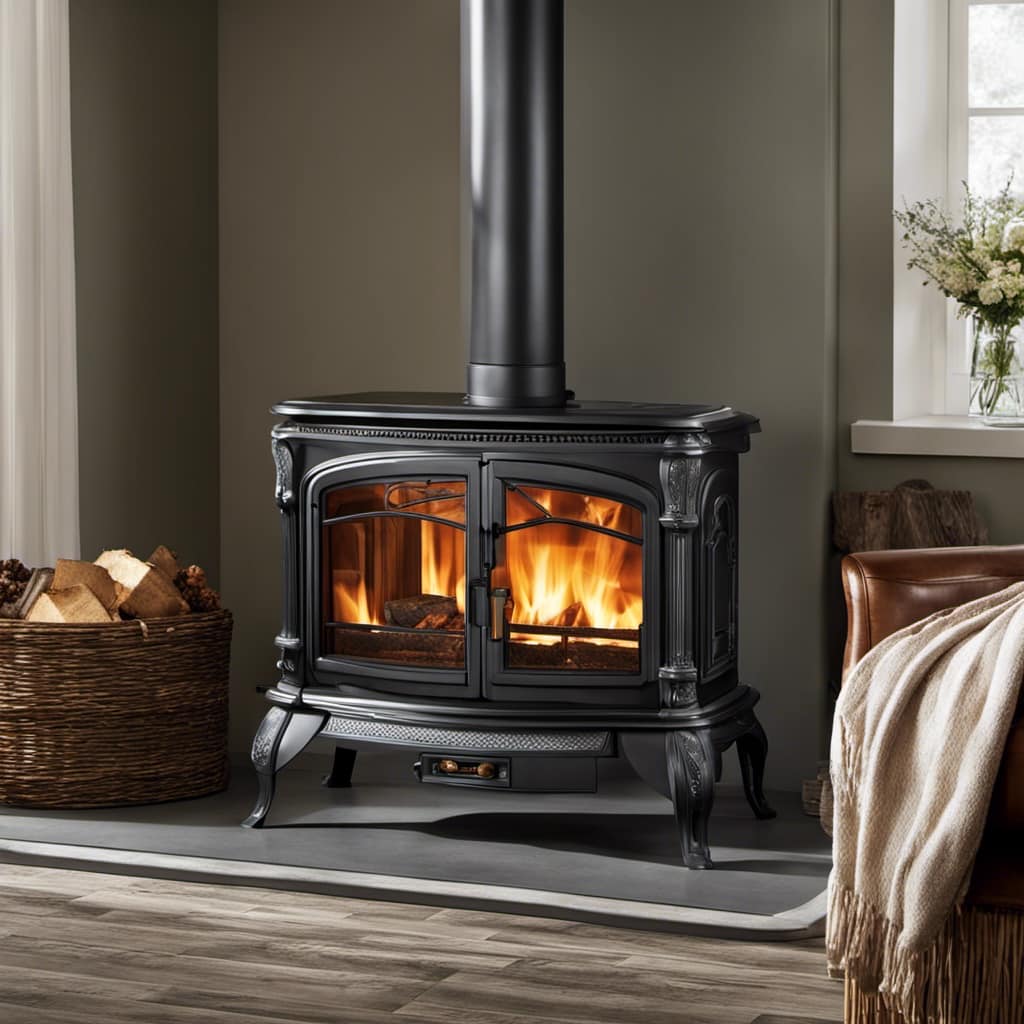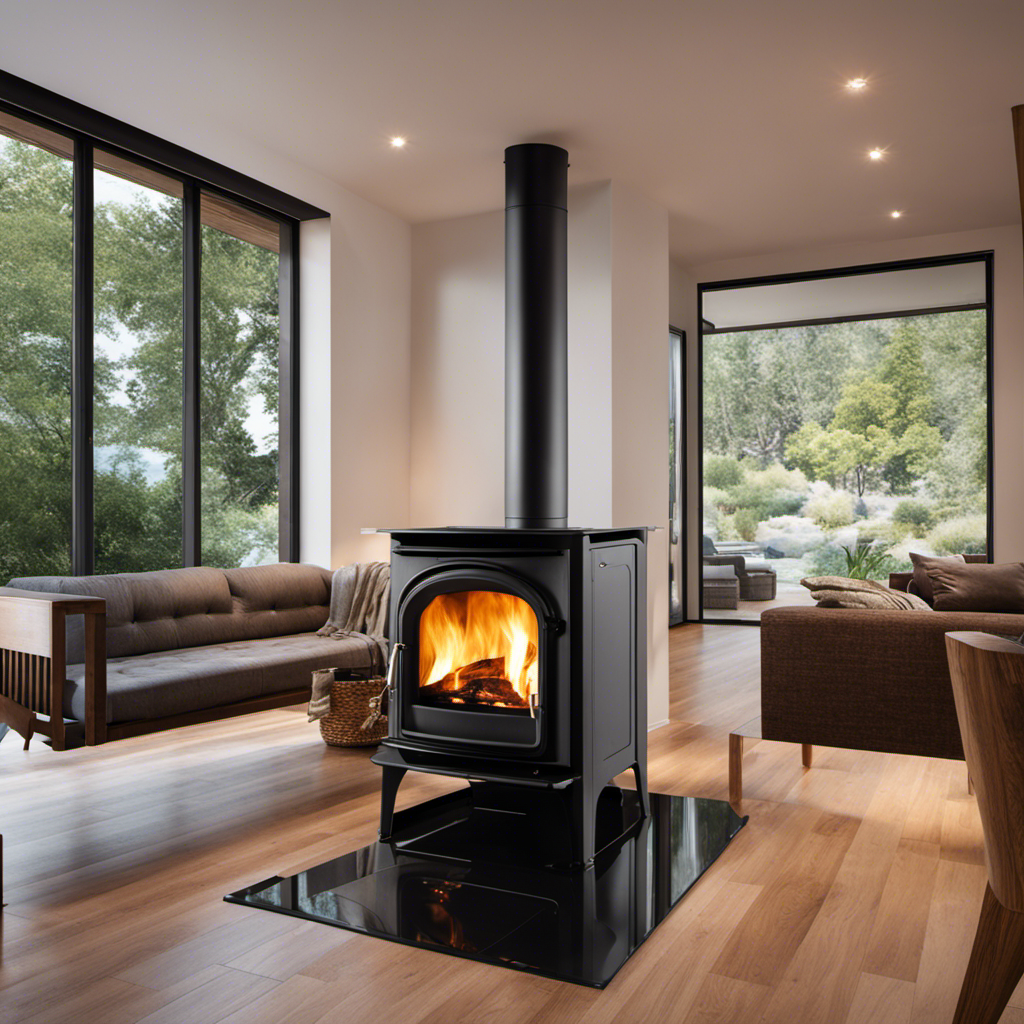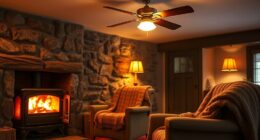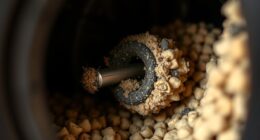Are you aware that how often you reload the wood in your wood stove can greatly affect its efficiency?
In this article, I’ll share some valuable insights and tips on how often you should be adding wood to your stove for optimal heat output.
By understanding factors like burn rate, wood types, and temperature monitoring, you can maximize the warmth in your home while minimizing wood consumption.
Let’s dive in and discover the secrets to a well-maintained wood stove.
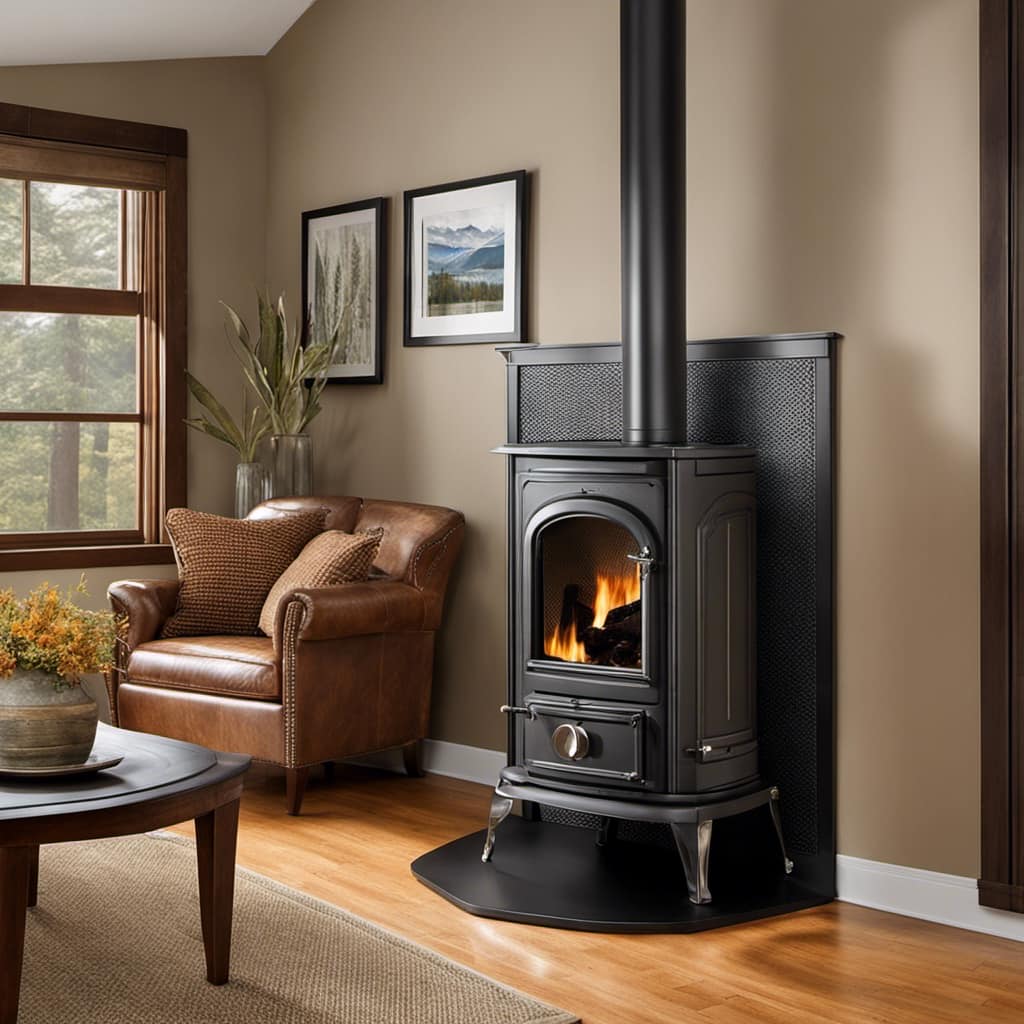
Key Takeaways
- Moisture content of the wood affects burn efficiency and refueling frequency
- Hardwoods like oak and maple burn longer and produce more heat compared to softwoods like pine and fir
- Monitoring temperature is important for adjusting wood supply for efficient burning
- Signs such as low flame, decreased heat, excessive ash buildup, and smoky room indicate the need for more wood
Factors Affecting Wood Consumption in Wood Stoves
I find that the type of wood I use greatly affects how often I need to add more to my wood stove. There are several factors that can affect wood consumption in wood stoves.
The moisture content of the wood is one such factor. Wood with higher moisture content burns less efficiently and requires more frequent refueling.
Hardwoods like oak and maple tend to burn longer and produce more heat compared to softwoods like pine and fir.
The size of the wood also plays a role. Smaller pieces burn faster and require more frequent refueling.
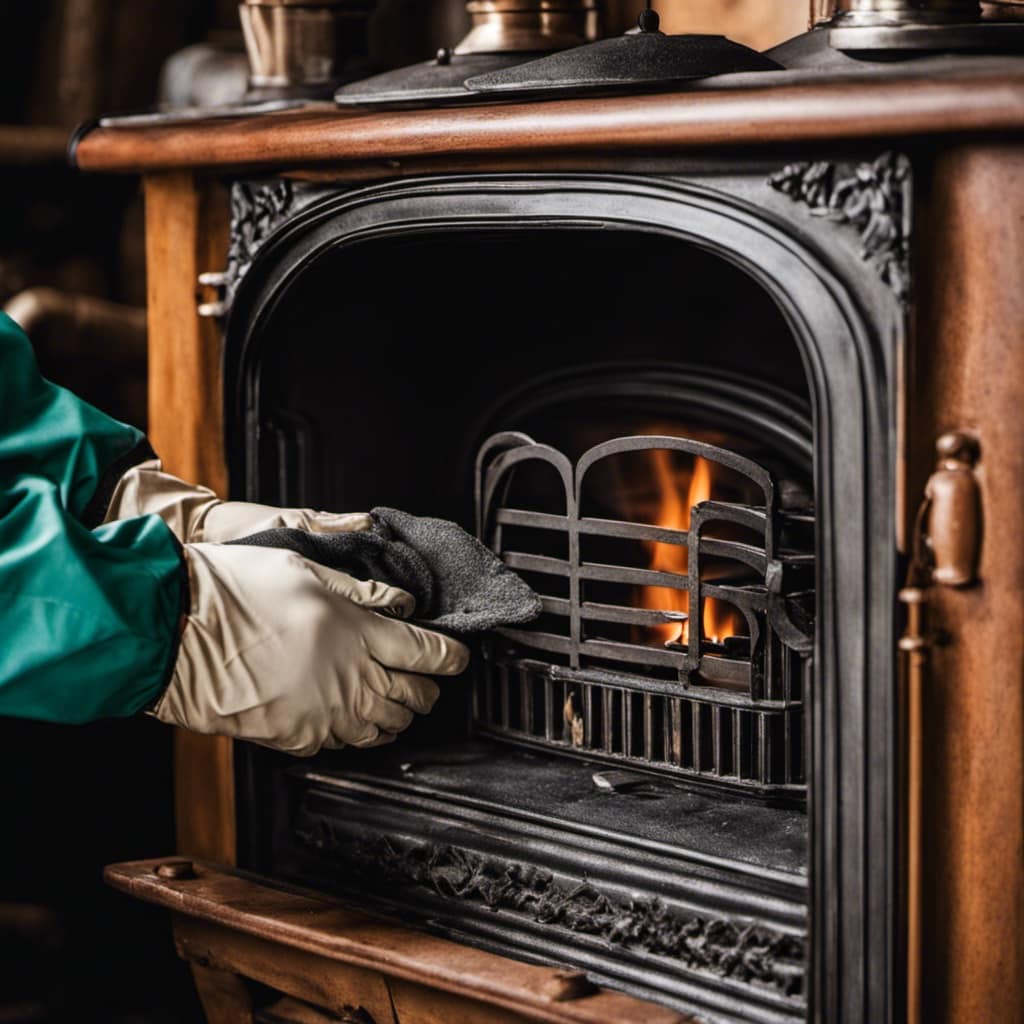
Additionally, the design and efficiency of the wood stove itself can impact wood consumption.
It’s important to consider these factors when choosing the type of wood and the cost-effective heating options for your wood stove.
Understanding the Burn Rate of Different Types of Wood
I’ve learned that different types of wood burn at varying rates. The burn rate of wood is influenced by several factors, including whether the wood is seasoned or unseasoned.
Seasoned wood, which has been dried for at least six months, burns more efficiently and produces more heat compared to unseasoned wood.
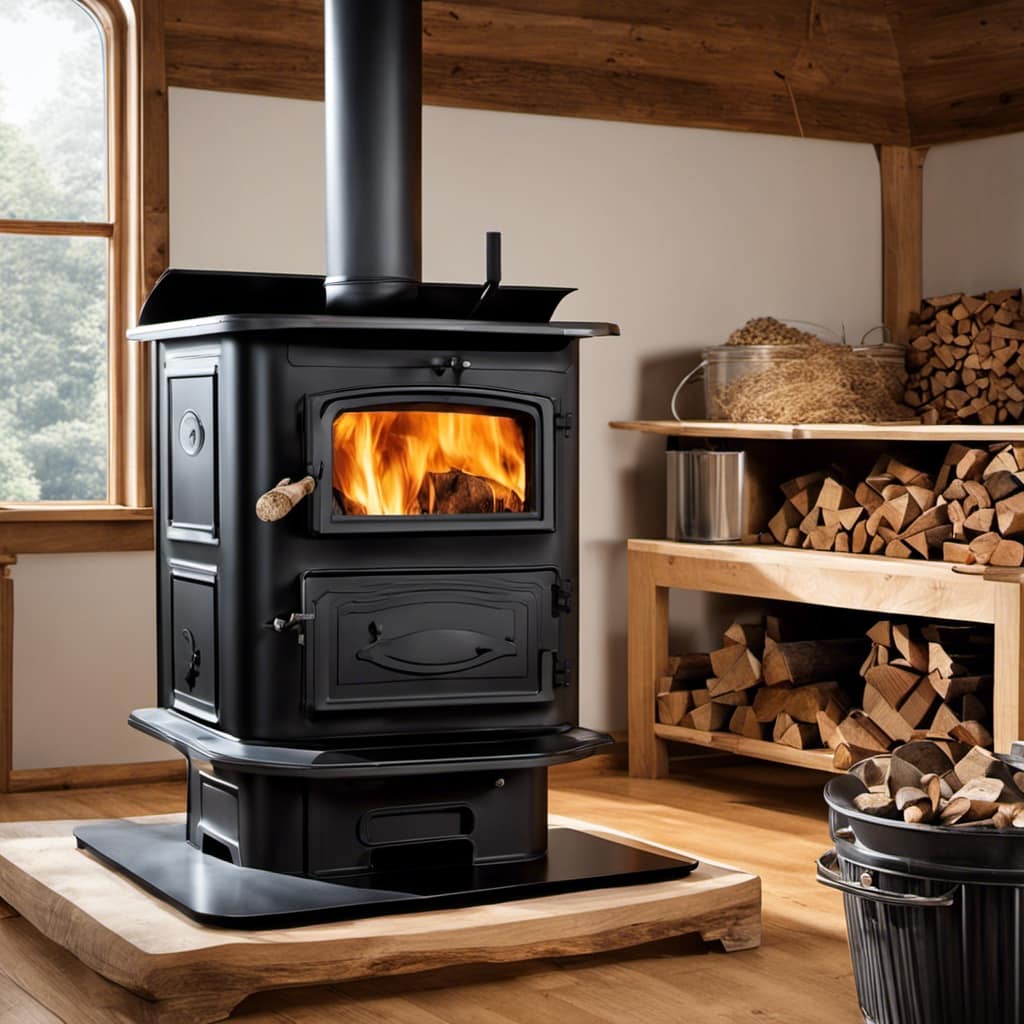
Another important factor to consider when choosing wood for your wood stove is whether it’s hardwood or softwood. Hardwoods, such as oak and maple, burn slower and produce long-lasting heat, making them ideal for overnight burns. Softwoods, such as pine and spruce, burn faster and are great for quick, intense fires.
Monitoring Temperature and Adjusting Wood Supply Accordingly
Monitoring the temperature inside the stove allows me to adjust the amount of wood I feed into it accordingly. By carefully observing the temperature, I can ensure that the wood is burning efficiently and producing the desired amount of heat.
Adjusting the airflow is crucial for optimal wood combustion. If the temperature is too low, I can increase the airflow to provide more oxygen and promote a hotter burn. On the other hand, if the temperature is too high, I can reduce the airflow to slow down the burn rate and conserve wood.
Additionally, using wood moisture meters is essential for determining the wood’s burn efficiency. High moisture content in the wood can lead to poor combustion, increased smoke, and reduced heat output.
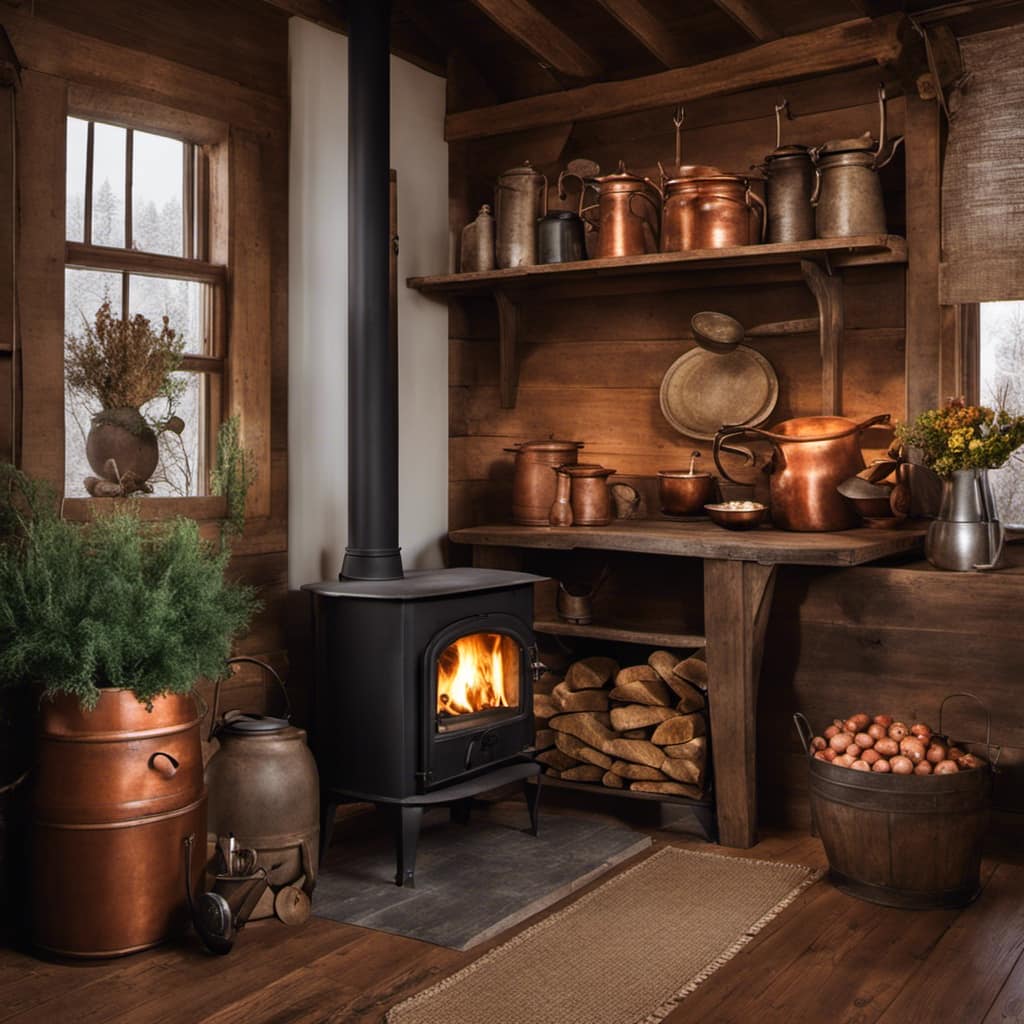
Tips for Maximizing Heat Output and Minimizing Wood Usage
To maximize heat output and minimize wood usage, it’s important to properly size and position the logs in the stove for optimal combustion. Here are some tips for efficient burning:
-
Use dry and seasoned wood: Properly dried wood has a moisture content of around 20%, which allows for more efficient combustion and better heat output.
-
Split logs into smaller pieces: Smaller pieces of wood burn more efficiently and produce more heat. Aim for logs that are around 3 to 6 inches in diameter.
-
Stack the logs loosely: Allow for adequate airflow between the logs to promote better combustion. Avoid tightly packing the stove with logs.
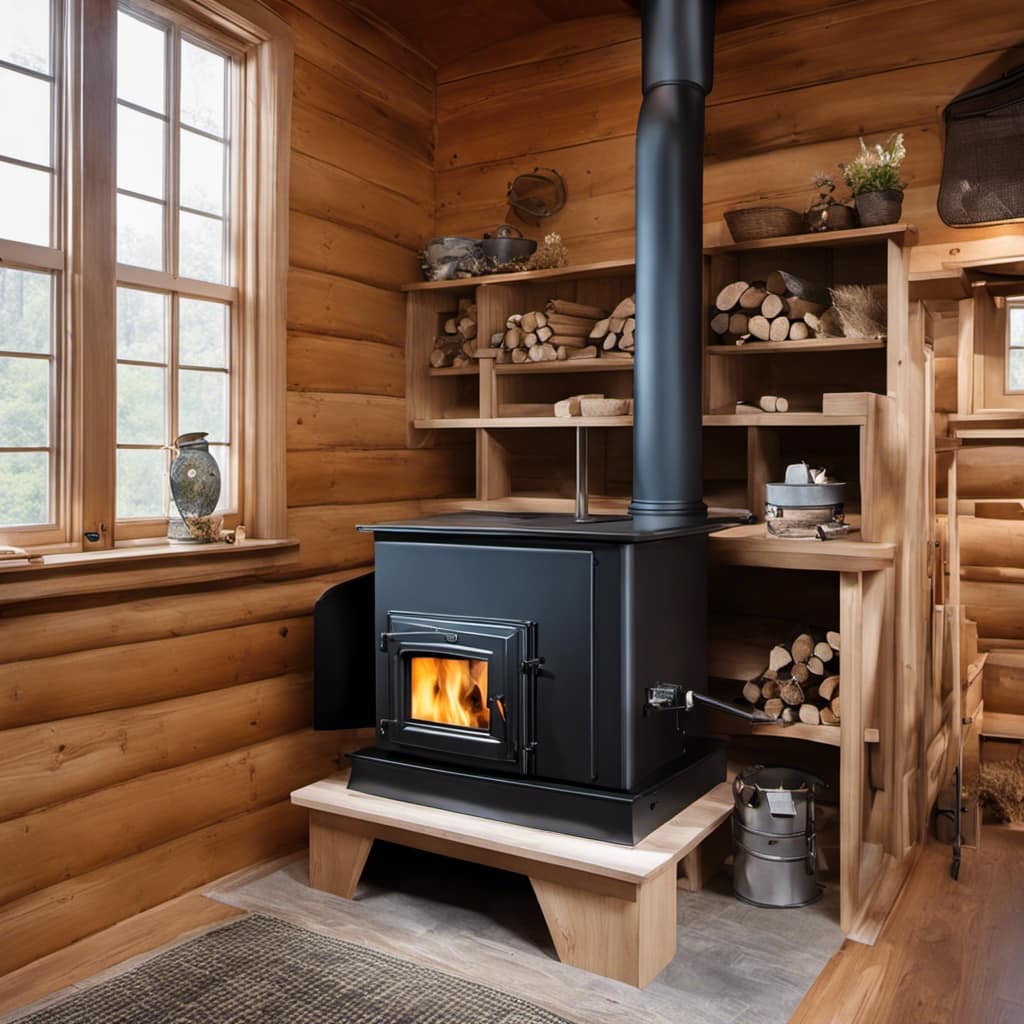
-
Store wood properly: It’s crucial to store wood in a dry and well-ventilated area. This ensures that the wood remains dry and ready for efficient burning.
Signs That Indicate It’s Time to Add More Wood to Your Stove
When the flames start to die down and the room feels cooler, it’s usually a sign that more fuel is needed in the stove. Knowing when to add more wood to your wood stove is essential for maintaining a warm and cozy environment in your home. Here are some signs that indicate it’s time to add more wood:
| Sign | Description |
|---|---|
| Low Flame | If the flames are low and not producing enough heat, it’s time to add more wood. |
| Decreased Heat | When the room feels cooler than usual, it means the fire is not generating enough heat and more wood is needed. |
| Ash Buildup | Excessive ash buildup in the stove indicates that the fire is consuming the wood quickly and needs replenishing. |
| Smoky Room | If the room becomes smoky and there is a lack of heat, it’s a clear sign that more wood is required. |
| Sizzling Sound | When you hear a sizzling sound coming from the stove, it means the fire is dying down and needs more wood. |
Regularly monitoring these signs and adding more wood when necessary will ensure efficient wood stove maintenance and a warm, comfortable living space.
Frequently Asked Questions
How Long Does a Typical Load of Wood Last in a Wood Stove?
A typical load of properly seasoned firewood in a wood stove can last for several hours, depending on various factors such as the size of the stove, the type of wood, and the temperature settings.
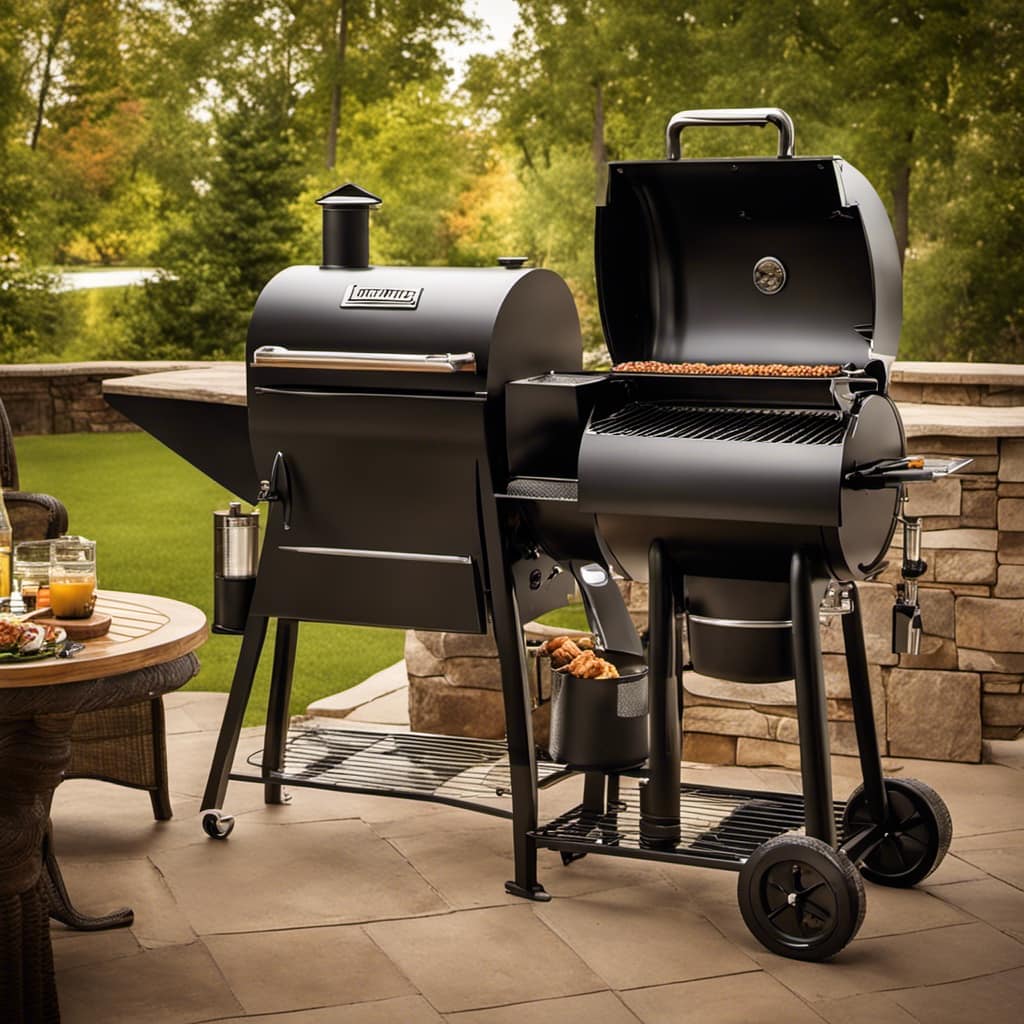
Can I Use Different Types of Wood in My Wood Stove?
Different types of wood for a wood stove have their own pros and cons. Hardwoods like oak and maple burn longer, while softwoods like pine burn faster but produce more creosote. It’s important to choose the right wood for your needs.
Is It Better to Burn Small Pieces of Wood or Large Logs in a Wood Stove?
I find that burning small pieces of wood in my wood stove increases burning efficiency and reduces the need for frequent maintenance. It’s important to add wood when needed, but not too often to avoid overloading the stove.
How Can I Tell if My Wood Stove Is Burning Efficiently?
To improve the efficiency of a wood stove, there are a few things to consider. First, make sure the stove is properly installed and sealed. Second, use dry and seasoned wood. Lastly, regularly clean and maintain the stove for optimal performance.
Are There Any Safety Concerns When Adding Wood to a Hot Wood Stove?
When adding wood to a hot wood stove, it is important to take safety precautions. Make sure to wear heat-resistant gloves and use a metal scoop or tongs to avoid burns. Proper wood stacking can also prevent accidents.
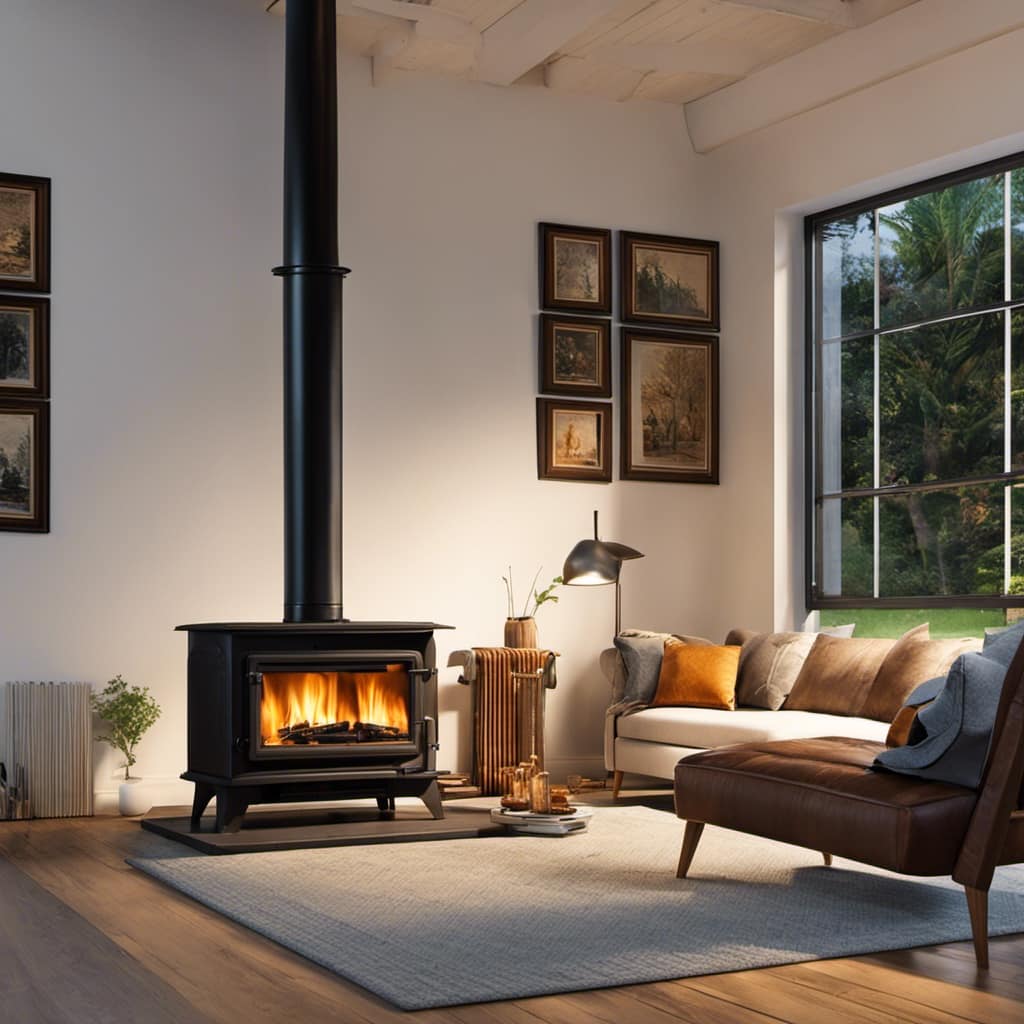
Conclusion
In conclusion, maintaining a consistent wood supply is crucial for optimal wood stove performance. By understanding the factors that affect wood consumption, monitoring temperature, and using the right type of wood, you can maximize heat output and minimize wood usage.
Remember, the key is to strike a balance and adjust the wood supply accordingly. So, don’t underestimate the power of a well-stocked woodpile – it’s the fiery heartbeat of your cozy sanctuary!
Growing up surrounded by the vast beauty of nature, Sierra was always drawn to the call of the wild. While others sought the comfort of the familiar, she ventured out, embracing the unpredictable and finding stories in the heartbeat of nature.
At the epicenter of every remarkable venture lies a dynamic team—a fusion of diverse talents, visions, and passions. The essence of Best Small Wood Stoves is crafted and refined by such a trio: Sierra, Logan, and Terra. Their collective expertise has transformed the platform into a leading authority on small wood stoves, radiating warmth and knowledge in equal measure.





